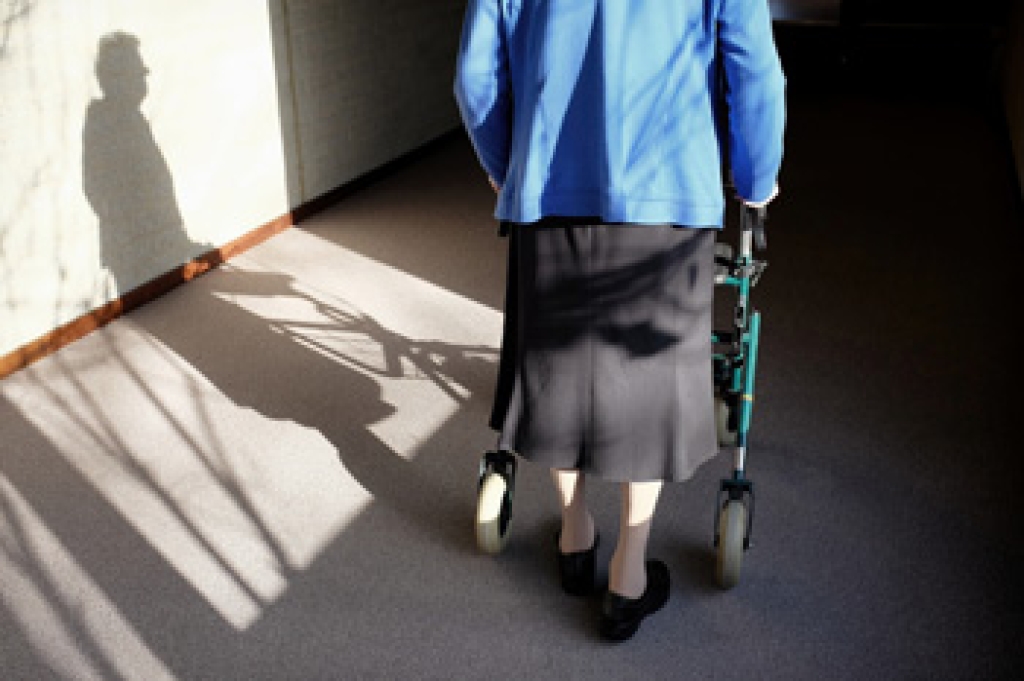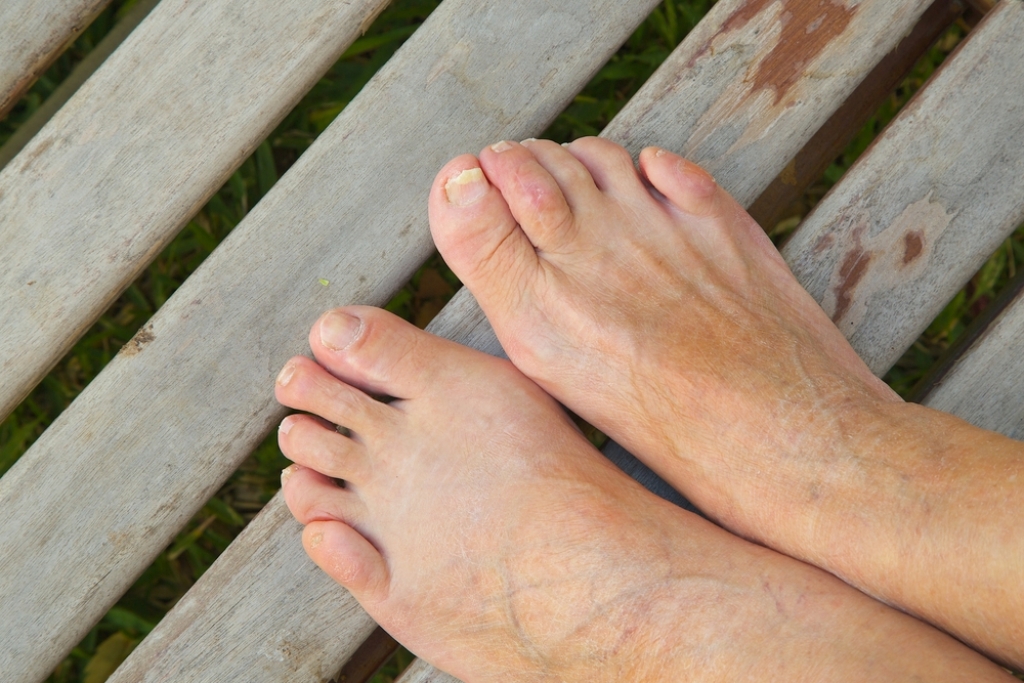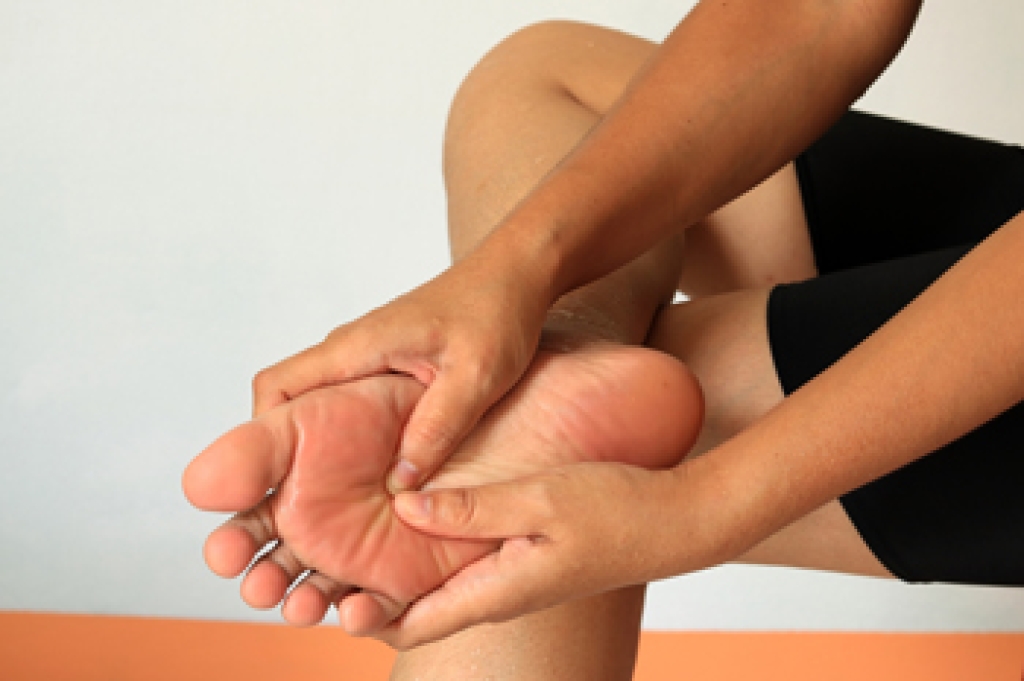 Though foot care products and services are often marketed to women, having a good foot care routine is highly beneficial for everybody. Taking care of your feet improves their hygiene and overall well being. At home, you can soak your feet in a basin of warm water, exfoliate the heels and balls of your feet with a pumice stone to remove dry, dead skin, moisturize your feet with lotion, and clip your toenails straight across to prevent ingrown nails. You may want to give yourself a foot massage, which can help alleviate aches and pains, stretch the feet, and aid in relaxation. Taking time to pay attention to your feet can also help you detect if there are any problems, such as athlete’s foot, heel pain, or an injury. If you notice a foot problem, it is suggested that you seek the care of a podiatrist.
Though foot care products and services are often marketed to women, having a good foot care routine is highly beneficial for everybody. Taking care of your feet improves their hygiene and overall well being. At home, you can soak your feet in a basin of warm water, exfoliate the heels and balls of your feet with a pumice stone to remove dry, dead skin, moisturize your feet with lotion, and clip your toenails straight across to prevent ingrown nails. You may want to give yourself a foot massage, which can help alleviate aches and pains, stretch the feet, and aid in relaxation. Taking time to pay attention to your feet can also help you detect if there are any problems, such as athlete’s foot, heel pain, or an injury. If you notice a foot problem, it is suggested that you seek the care of a podiatrist.
Everyday foot care is very important to prevent infection and other foot ailments. If you need your feet checked, contact Leonard Talarico, DPM from Georgia. Our doctor can provide the care you need to keep you pain-free and on your feet.
Everyday Foot Care
Often, people take care of their bodies, face and hair more so than they do for their feet. But the feet are a very important aspect of our bodies, and one that we should pay more attention to. Without our feet, we would not be able to perform most daily tasks.
It is best to check your feet regularly to make sure there are no new bruises or cuts that you may not have noticed before. For dry feet, moisturizer can easily be a remedy and can be applied as often as necessary to the affected areas. Wearing shoes that fit well can also help you maintain good foot health, as well as making it easier to walk and do daily activities without the stress or pain of ill-fitting shoes, high heels, or even flip flops. Wearing clean socks with closed shoes is important to ensure that sweat and bacteria do not accumulate within the shoe. Clean socks help to prevent Athlete’s foot, fungi problems, bad odors, and can absorb sweat.
If you have any questions, please feel free to contact our office located in Pooler, GA . We offer the newest diagnostic and treatment technologies for all your foot care needs.



